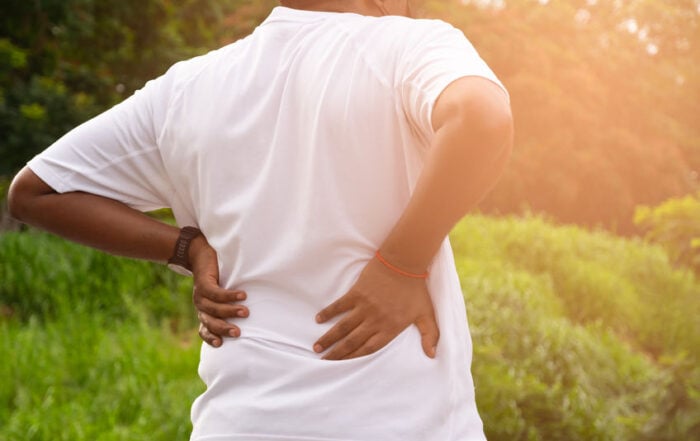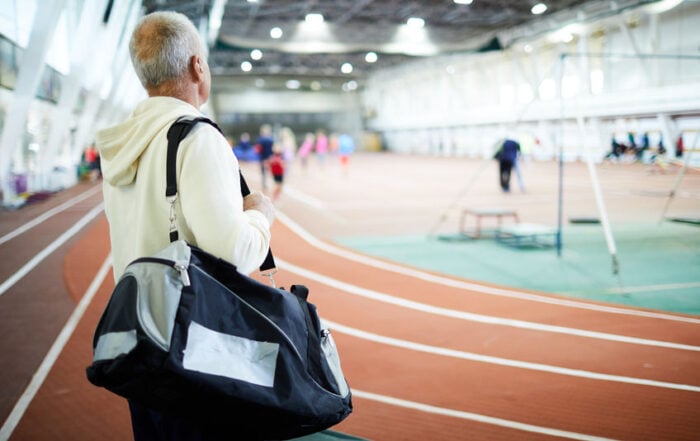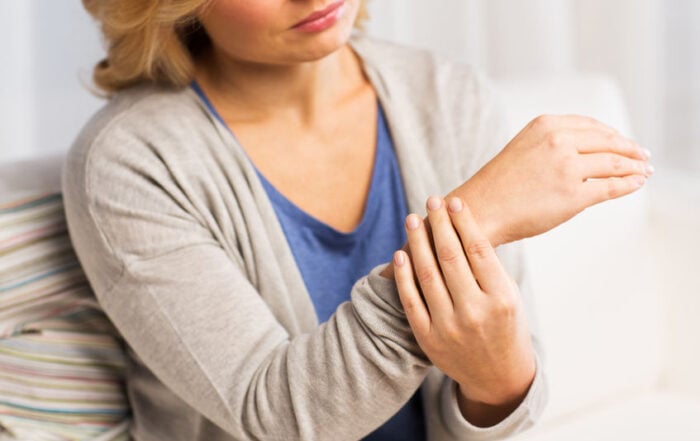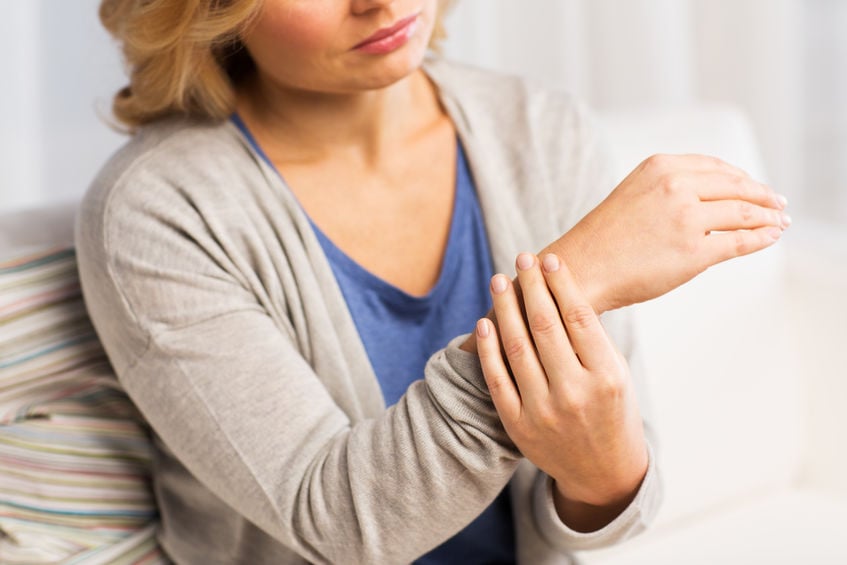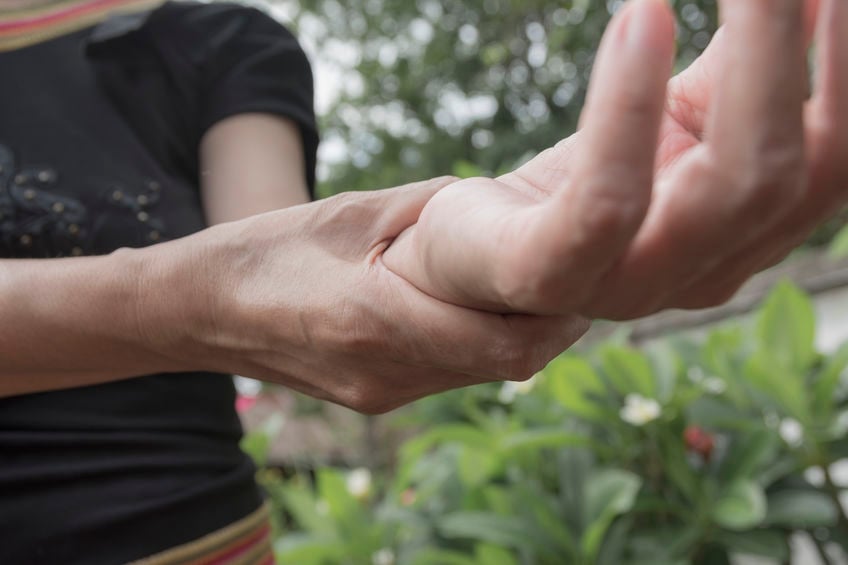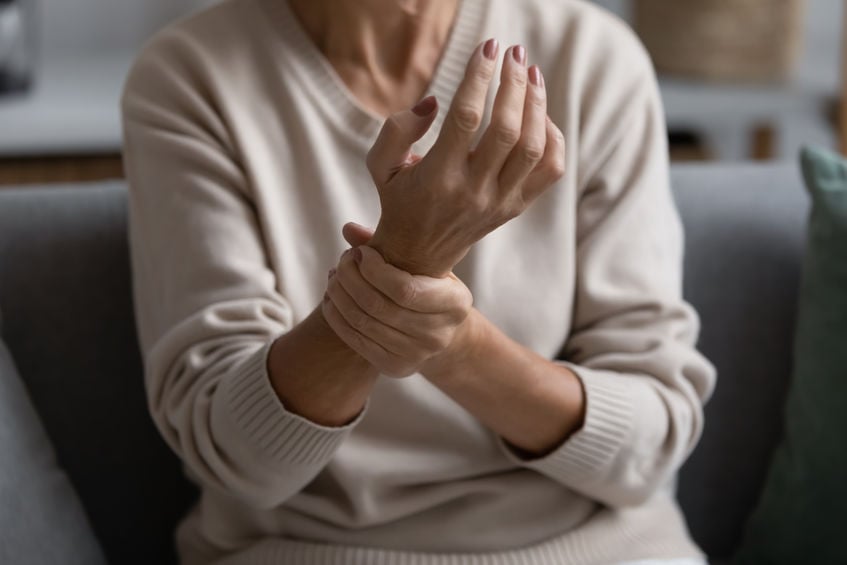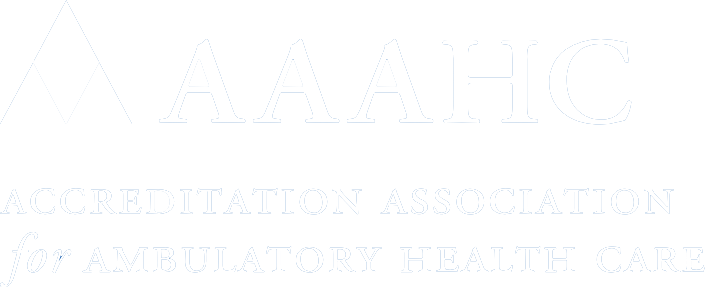Regaining Hand Function From Dupuytren’s Contracture
Dupuytren’s contracture, also known as Dupuytren’s disease, occurs when the skin thickens on the palm around the base of the fingers. As a result of the thickening, the affected area’s fingers may begin to curl in or get stuck in an abnormal position. A cure isn’t available, but steroid injections can help reduce the pain.

How does one get Dupuytren's contracture?
Unfortunately, Dupuytren's contracture can't be entirely prevented. Researchers believe the condition is hereditary. Risk factors for the disease include smoking, drinking alcohol, nutrient deficiencies, taking seizure medication, and diabetes. The disease is most common in older adults, males, and people with a Northern European background.
Stretches to mitigate the pain
Nonsurgical intervention is recommended before proceeding with more invasive treatment options. Mild cases of the condition can benefit from stretching the hands and fingers. Lifting one finger at a time with the palm down flat on a surface is an easy stretch to improve flexibility. Spreading the fingers or gripping exercises can also improve dexterity and strength.
How do steroid injections work?
Steroid injections contain powerful anti-inflammatory medication that is injected in the Dupuytren's nodule. Steroid injections are recommended to be started during a mild case of the disease. The injections work by reducing the size of the skin thickness. Periodic steroid injections may be necessary to manage the pain.
What about enzyme injections?
Enzyme injections are recommended when a finger is already curled. A blend of enzymes is injected into the tough skin to loosen the tissue and can work in as little as one day. After the injection, a doctor may safely stretch and straighten the finger. Stretching at home after enzyme and steroid injections can improve the outcome.
When is surgery needed?
When Dupuytren's contracture severely limits hand function and daily activities, surgery may be recommended. Surgery involves cutting and removing the thick tissue in the palm to improve finger function, flexibility, and strength. Needle aponeurotomy is a minimally invasive treatment that makes holes in the tissue to reduce the thickness and improve recovery time.
Knowing when to see a doctor
Dupuytren's contracture isn't a condition to be taken lightly. While not deadly, the condition can severely limit the quality of life. People should be aware of the symptoms, such as noticing lumps, contractures, soreness, and limited hand function. With early treatment, the condition can be managed without losing the entire function. For more information, speak with a hand therapist.
Can Lower Back Pain Return After Spinal Surgery? 3 Lifestyle Changes To Get The Most Out Of Fusion
Minnesota Valley Valley Center2024-04-02T14:49:38-05:00April 15th, 2024|
Spinal surgery is an excellent solution for lower back pain, but symptoms can return. With lifestyle changes, patients can get the most out of fusion.
A New Lease On Life: Exploring How Robotic Total Joint Replacement Can Get You Active Again
Minnesota Valley Valley Center2024-03-24T17:38:47-05:00March 29th, 2024|
Robotic total joint replacement uses a robotic arm to replace the joint. This innovative approach allows a quick return to activities.
Restoring Dexterity: How Outpatient Carpal Tunnel Surgery Can Change Your Life
Minnesota Valley Valley Center2024-03-24T17:38:37-05:00March 15th, 2024|
After months of wrist and hand pain, carpal tunnel surgery may be needed. With outpatient options, restored dexterity with less pain and discomfort is possible.
More Articles from MVSC
March 15, 2024
After months of wrist and hand pain, carpal tunnel surgery may be needed. With outpatient options, restored dexterity with less pain and discomfort is possible.
November 14, 2023
Recovery from ulnar nerve release surgery can take up to 8 weeks. With a strong healthcare team and strategies, the pain can be minimized.
October 27, 2023
People with thumb arthritis can experience pain when using a smartphone. A CMC arthroplasty can help individuals get back to texting pain-free.
August 25, 2023
When the wrist is fractured, people wonder how to repair the bone. Minimally invasive surgery can help restore function and decrease pain.

